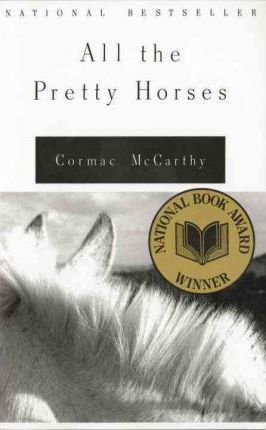
Preparing for a big presentation tomorrow, I was given the following advice, “Answer the question you were asked, not that question and the next one.”
My team and I will be reporting out on the work we’ve done reviewing and revising the state’s ELA academic standards over the last year. Given the lift of the project, we have had to make many decisions. The point of the advice was not to yammer on or take everyone down a rabbit hole they weren’t really interested in to begin with.
It has me thinking, though, about how we operate as teachers when students ask us questions. I remember teachers I’ve had and how we knew, in the event of a boring lesson or assignment, all we needed to do was pull the rip chord of a question and these teachers would help and clarify right up until the end of class.
Answer the question you were asked, not that question and the next one.
It’s strong advice for the classroom. It’s easy for us, as the more experienced learners in our disciplines and the designers of our students’ learning experiences, to anticipate what we thing their next questions will be. Each time we pre-emptively answer those questions, we prevent our students from discovering answers for themselves. We also eliminate the need for them to be curious and consider exactly what they want and need to know next. We do an end run around students’ curiosity.
It is as though we’ve said, “Let me go ahead and ask everything and learn everything for you. Your job is to copy down my learning.”
The approach makes sense. This is the easiest and most straightforward way to transfer the records of knowledge. It has little or no chance of actually transferring the knowing.
This rule has a complement. Ask only the questions worth thinking about.
Putting two fractions on a board, telling students one of the fractions is larger than the other, and then listing the rules they need to know this is true is a much cleaner approach. It requires compliance and practice problems. Asking a student which of a pair of fractions is larger after this will only require them to look at what you’ve told them. Ask them why, and they’ll quote you to you.
Putting two fractions on the board and asking the room which one is larger and then being silent, though, that is messy work. When the classroom decides on the correct answer and replying to them, “How do you know?” Following up those answers with, “So, what are some things we think are true when one fraction is larger than another?” well, that might take all class (or longer).
At the end, though, one of these approaches will yield empowered mathematical thinkers. The other will get you compliant note takers.
Answer the question you were asked, not that question and the next one. Ask only the questions worth thinking about.


 My best moment from this week happened this morning. I was in one of our district’s kindergarten classrooms as the school day began. As the students entered the room, they were greeted by their teacher, but something was different from every other classroom entrance routine I’ve seen this year. The students entered, put up their things in the cubbies and then made choices as to what they were going to do to start the learning for the day. They were all over the classroom, all practicing their reading, all talking. It was beautiful. And, as much as that was lovely, it wasn’t the best moment.
My best moment from this week happened this morning. I was in one of our district’s kindergarten classrooms as the school day began. As the students entered the room, they were greeted by their teacher, but something was different from every other classroom entrance routine I’ve seen this year. The students entered, put up their things in the cubbies and then made choices as to what they were going to do to start the learning for the day. They were all over the classroom, all practicing their reading, all talking. It was beautiful. And, as much as that was lovely, it wasn’t the best moment.
 I struggle mightily every day not to scream, “Stop making everyone read the same damned book!”
I struggle mightily every day not to scream, “Stop making everyone read the same damned book!” As is so often the case,
As is so often the case,  I’ve been thinking about the things I tell people about myself. I tell them I’m an educator, I tell them I’m a writer, I tell them I’m a vegetarian. I’m imagining, you do something similar. There are labels you carry with you and offer up to new people when you meet them. They might also be labels you count on as the fascia that binds you to your network of friends and colleagues. I wonder, though, if your labels are anything like mine.
I’ve been thinking about the things I tell people about myself. I tell them I’m an educator, I tell them I’m a writer, I tell them I’m a vegetarian. I’m imagining, you do something similar. There are labels you carry with you and offer up to new people when you meet them. They might also be labels you count on as the fascia that binds you to your network of friends and colleagues. I wonder, though, if your labels are anything like mine.